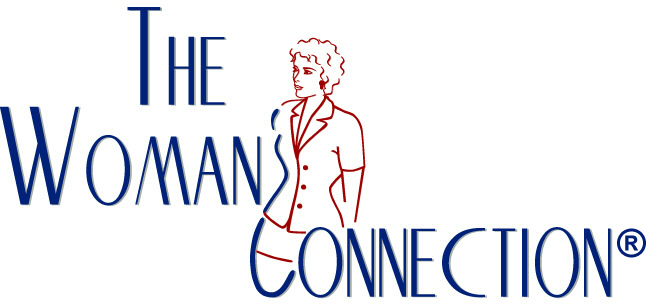"Call-Killing Phrases" by Wendy Weiss
/How often have you started a call to a friend, family member or business associate with the phrase, 'How are you?' I'm willing to bet the answer is a lot. I know I say it frequently. It's commonly used as a greeting, as a 'hello.'
Because 'How are you?' is so commonly used, how often have you started your introductory calls with this phrase? If you do use this phrase as an opening for your introductory call, please stop immediately. It's an introductory call-killer, and this is why:
1. If you ask this question, you must be prepared for the answer. What if your prospect answers, 'I'm having a lousy day. My back hurts, I have a cold, I hate my job and my wife left me yesterday'? Do you really care? Is this the reason for your phone call?
2. You lose control of the call. (This is probably the most important reason.) If your prospect does respond, 'I'm having a lousy day. My back hurts, I have a cold, I hate my job and my wife left me yesterday,' how are you going to get the call back on track?
3. It's a set up, a tip off to your prospect that you are making a sales call. It gives your prospect the opportunity to say, 'I'm busy. What do you want?' (See number 2 above.)
Similar issues apply with the introductory call-killing phrases, 'May I have a moment of your time?' and/or 'Is this a good time to talk?'
With both of these phrases, you lose control of the call right at the beginning, before you've had a chance to say anything at all. If the prospect answers, 'no,' the call is over. These are also both tip off phrases. Friends, family and important business colleagues would probably not say, 'May I have a moment of your time?' or 'Is this a good time to talk?' Only someone making a sales call would use this language, and it's all too easy for your prospect to respond negatively.
I know that many of you reading this will argue, 'Wendy, it's polite. It's polite to say, 'How are you?' as a greeting and it's polite to ask permission to speak.' There are, however, many ways to greet a prospect - saying 'hello' works just fine It is also equally polite to simply introduce yourself and get to the point. This is not only polite, it's respectful of your prospect's time, it's more effective and it allows you to retain control of the conversation.
In order to be truly effective prospecting or selling by phone, it is imperative to control the conversations you have with prospects. You want to set yourself up to have the best possible conversation that you can have with any given prospect. While it is true that not all prospects will respond badly to the above phrases, why take the chance? Why risk blowing a lead at the beginning of the call if something as simple as not starting out with, 'How are you?' can totally eliminate that possibility?
Say hello. Introduce yourself. Get to the point and say what you have to say. Then ask for what you want. This is the formula for a successful introductory call. Save the 'How are you?' question for those whose answers really interest you.
© 2006 Wendy Weiss
BUY her book: Cold Calling for Women Opening Doors & Closing Sales
